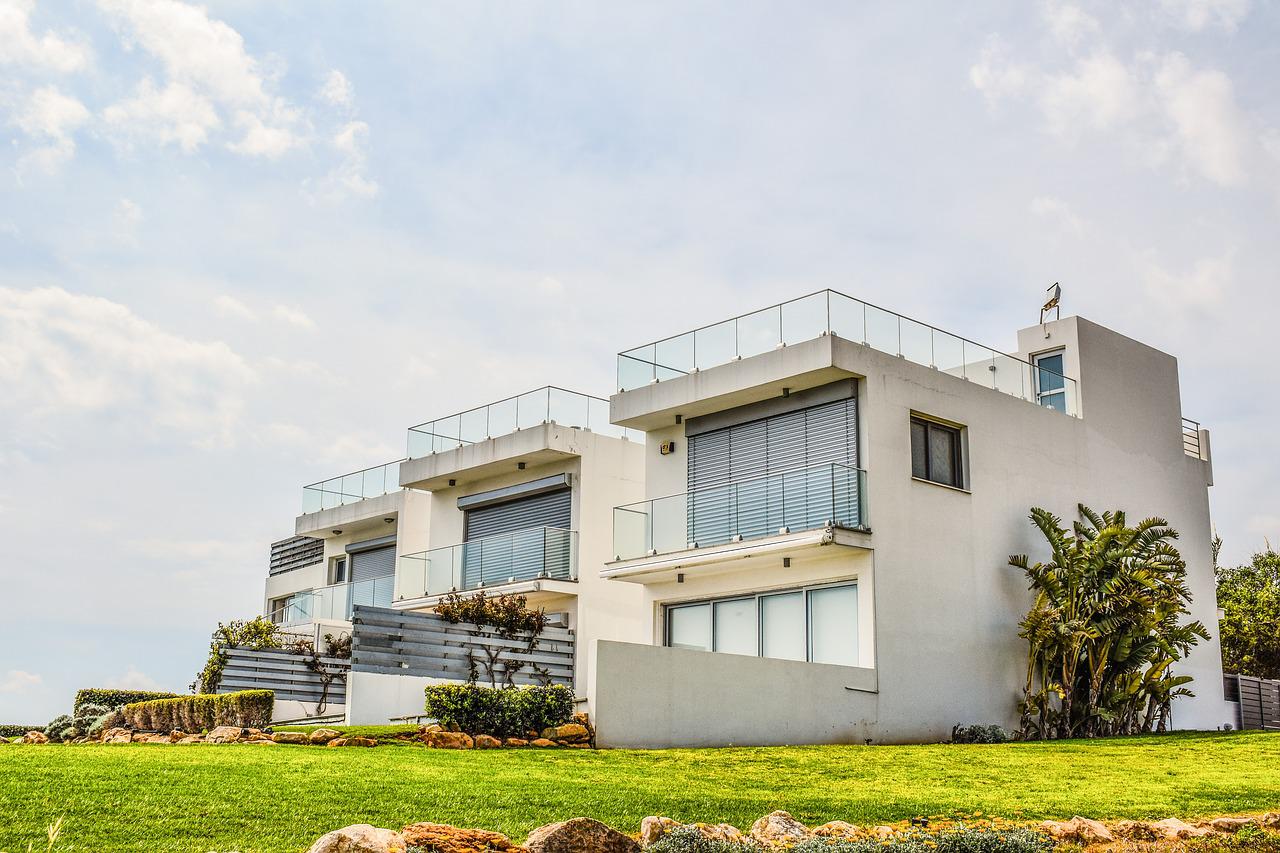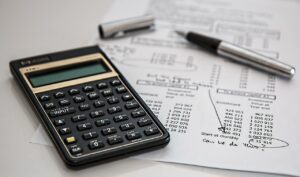
US Home Builder Sentiment Declines
In July, the home builder sentiment in the United States came down to its lowest levels that were last seen in the beginning months of the COVID-19 pandemic.
This was because borrowing costs rose sharply for more than a decade and the soaring inflation brought consumer traffic in the sector close to a standstill.
Moreover, a measure of services sector activity turned negative in the US Northeast for the first time this year and companies do not believe the next six months will bring any recovery.
Index falls
There was a decline in the Wells Fargo Housing Market Index/the National Association of Home Builders for the seventh consecutive month. On Monday, the NAHB disclosed in a statement that this index had been 67 in the previous month, but came down to 55 this month, which is the lowest it has been since May 2020.
A reading higher than 50 means that more builders regard the market conditions to be favorable rather than poor. The reading in July was also below estimates that had expected a decline of 65. In addition, the drop in the index by 12 points was also the second-largest fall that has been seen in its history since 1985.
The only other fall occurred in April 2020 by 42 points, as most of the country was in lockdown due to COVID-19.
Construction disruptions
According to analysts, a number of builders have decided to halt their construction because of high inflation, an increase in home building costs, and production bottlenecks. All of these are pushing up the financing, construction as well as the cost of land, which exceeds the home’s market value.
Another indication that the market is going soft is the fact that 13% of the builders had reduced the prices of homes in the last month for limiting cancellations and bolstering sales. There was a drop from 76 to 64 in the component of sales of single-family homes.
As for predictions about single-family home sales in the next six months, they declined from 61 to 50. Meanwhile, the prospective buyer traffic index also fell from 48 to 37.
Rate hikes biting
The report from NAHB is the first in the series of data that is due for release this week regarding the declining health of the housing sector.
For most of the pandemic, the market had enjoyed a boom because Americans had cash because of pandemic relief payments and were looking for living space, mostly outside cities.
Furthermore, there were also gains in the stock market and as interest rates were extremely low, it also gave access to mortgages. Therefore, housing prices recorded a surge in the summer of 2020.
But, this is reversing rapidly, as interest rates have been hiked up by the US Fed. This is because of the excessive inflation in the market.
The US central bank is hoping to cool the high consumer demand, which is moving ahead of the supply of goods and it is only causing inflation to exacerbate.




